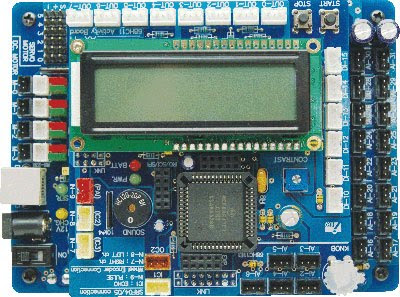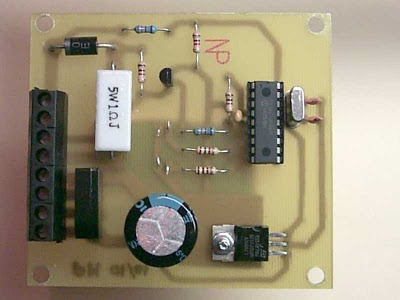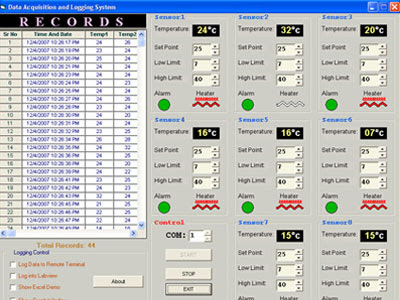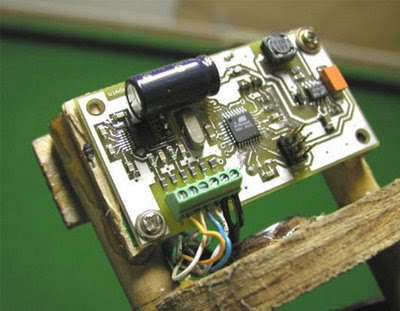Using the change Time Division function, the time scale for the display is variable and can be easily redefined while the voltage range can be changed to 0-5V, 0-2.5V, and 0-1.25V. The relatively slow acquisition time and sampling rate is the main limitations of this oscilloscope due to the fact that the inputs are limited by the constraints of the internal ADC.
A 9V battery is used as the power supply along with a high-accuracy low drop-out linear voltage regulator to provide a stable 5V supply for the microcontroller and the graphical LCD. The power spikes/ripples are prevented by capacitor.














